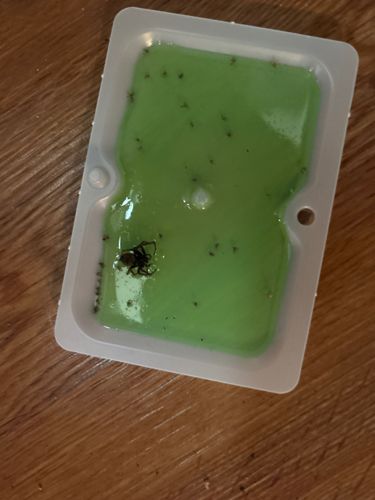Fungus Gnat
Scientific Name: Various species, commonly Bradysia spp. (Sciaridae) or Mycetophila spp. (Mycetophilidae)
Order & Family: Order: Diptera, Family: Sciaridae or Mycetophilidae
Size: Adult fungus gnats are typically small, ranging from 1/16 to 1/8 inch (1.5 to 3 mm) in length. Their larvae are tiny and white to translucent.

Natural Habitat
Fungus gnats are commonly found in damp, humid environments, especially where there are potted plants, greenhouses, or areas with decaying organic matter and moisture. They are often indicators of overwatering or poor drainage in potted plants.
Diet & Feeding
Adult fungus gnats typically do not feed or feed on liquids like water and nectar. Their primary role is reproduction. The larvae, however, feed on fungi, decaying organic matter, and plant roots, particularly root hairs and tender roots.
Behavior Patterns
Fungus gnats are attracted to moist environments and decaying organic matter. Adults are weak fliers and often seen near potted plants, windows, or damp areas. They lay eggs in moist soil, and larvae then feed on fungi and organic material. Their lifecycle is relatively short, leading to rapid population growth under favorable conditions. While adults are mostly a nuisance, the larvae can cause damage to plant roots, especially in seedlings and young plants.
Risks & Benefits
Risks: The primary risk associated with fungus gnats is to plants. Larvae can damage plant roots, leading to stunted growth, wilting, and increased susceptibility to diseases. In severe infestations, they can kill young plants and seedlings. They are generally harmless to humans but can be a nuisance due to their presence. Benefits: In natural ecosystems, fungus gnats play a minor role in decomposition. However, in an indoor setting, their presence is almost entirely a nuisance and a sign of potential plant health issues.
Identified on: 8/26/2025